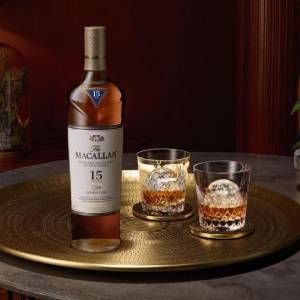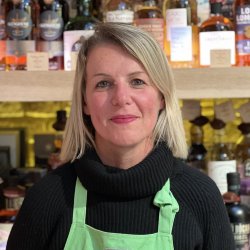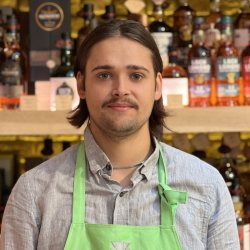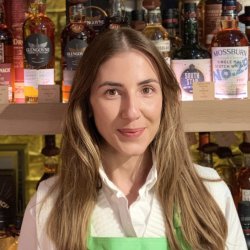A Guide to Key Scottish Whisky Regions and Distilleries
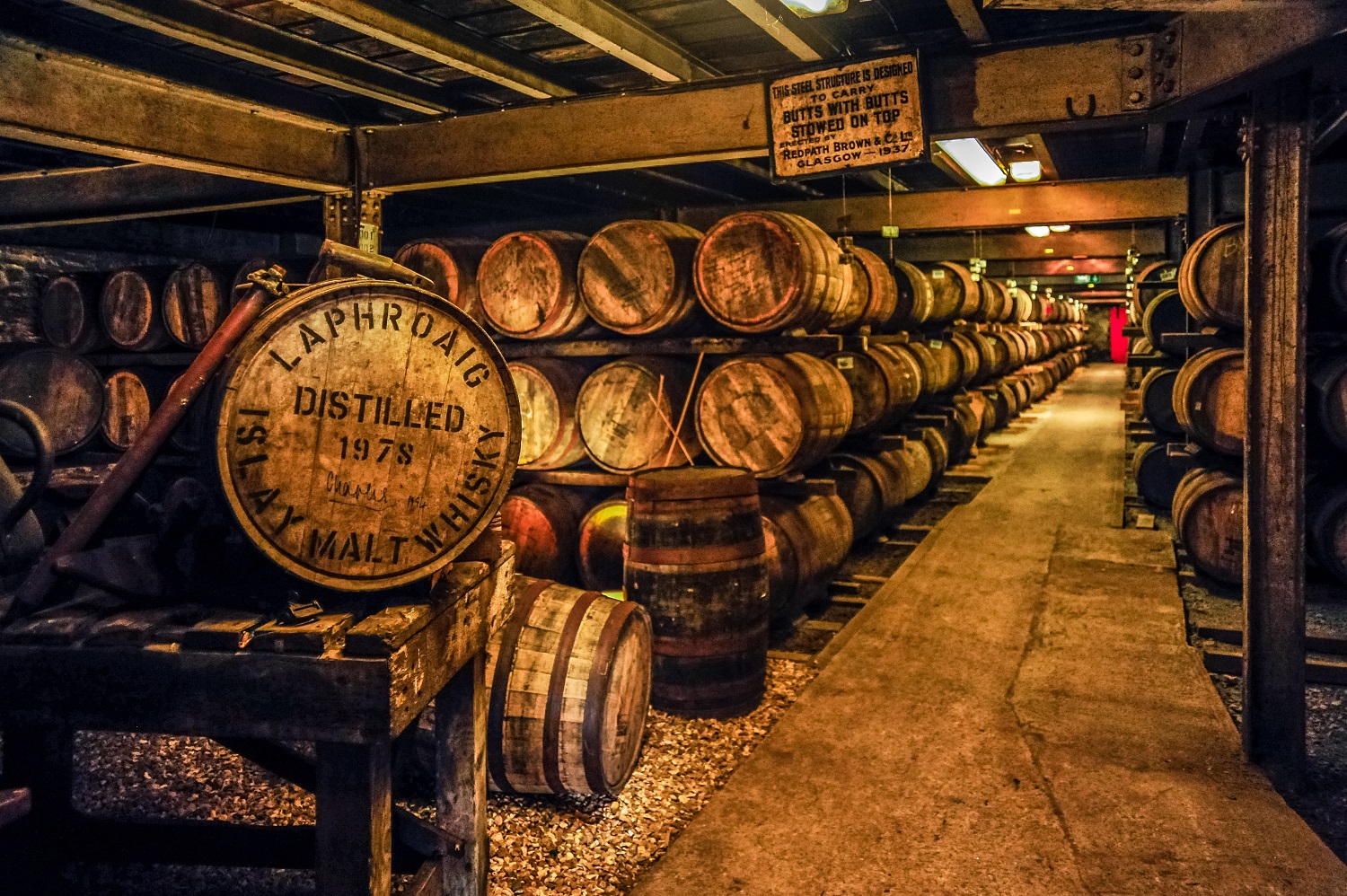
The nineteenth century French journalist and novelist, Pierre Souvestre wrote that, ‘Seen through the gold of old Scotch, life seems more beautiful.’ Here at Hedonism we are inclined to agree. Read on for a deep dive into the secrets behind the rather special whiskies and regions that Scotland has to offer:
How and where is Scotch made?
Scotch Whisky, spelled without the 'e' found in the spelling of whiskey from most other regions, must be produced in Scotland from only three ingredients: cereals (primarily malted barley), water and yeast. It also must be aged at minimum three years in oak barrels in Scotland and bottled at 40% ABV or above.
Scotch is considered a geographic term, in the same way Champagne is for sparkling wine. In the EU and many other countries across the globe, Scotch Whisky is a registered Geographical Indication, or GI, to ensure the region's protection.
What are the main Scotch Whisky Regions?
There are five main production regions for Scottish whisky: Campbeltown, Highlands, Islay, Lowlands and Speyside. Each region tends to have general defining characteristics, such as the peated whiskies of Islay.
So what is Highland Whisky? And where is Speyside? What are the key distilleries? We look at these key regions in greater detail:
Situated at the bottom of the Kintyre peninsula, over the years 33 distilleries have been founded in Campbeltown, but now only three remain: Glengyle, Glen Scotia and Springbank. The characteristic Campbeltown profile is an Islay-style peat character.
The dramatic landscapes of the Highland region constitute the true heart of Scotland, with the Highland Boundary Fault running between Helensburgh and Dundee (in 2009 the Scottish Whisky Authority decreed that each distillery lying to the north of this divide must decide how to be identified). Key distilleries include anCnoc, Blair Athol, Brora, Dalmore, Fettercairn, Glenmorangie, Tomatin.
Islay
A key production region for Scotch whisky, Islay is the southernmost of the Inner Hebrides and home to 9 working distilleries, with more due to open shortly. Islay has come to be synonymous with peat smoke style whiskies. The island's briny peat bogs traditionally provided Islay's fuel for the distillery kilns, giving many of the malts their unique character. Key names include Ardbeg, Bowmore, Bruichladdich, Bunnahabhain, Caol Ila, Kilchoman, Lagavulin, Laphroaig and Port Charlotte and Port Ellen.
Lowlands
A key production region for Scottish whisky, the Lowland area of Scotland boasts a stellar line up of distilleries, including Auchentoshan, Kinclaith, Rosebank, Littlemill, North British, St Magdalene, Bladnoch, Holyrood to name but a few. The Lowlands, with its abundance of arable farmland well-suited to cereal farming, tend to be associated with lighter, more delicate styles of whisky: sweet and approachable, with green fruit and cereal character. From the light, delicate spirit of the Auchentoshan distillery, located at the foot of Kilpatrick hills, to the stellar whiskies of the lost distillery of Rosebank in Stirlingshire or the extremely rare and highly sought-after whiskies of Kinclaith, the Scottish Lowlands offer up a real treat for the true whisky connoisseur.
Speyside
The Scottish Whisky production region of Speyside is an enclave of the Highlands (a distillery such as Glenfarclas may choose to use the term 'Highland' on their label even if the distillery is located in Speyside). The region follows the path of the river Spey, which runs from Spey Bay through the Western Cairngorms in the direction on Kingussie. This key region for Scotch whisky production is characterised by its fertile soils, mild climate and long daylight hours, making it well-suited to growing barley and other cereals.
From the light, grassy styles produced by distilleries such as Glenlivet, to the sweet, sherried, rich offerings from Glenrothes and Macallan, key names include Aberlour, Balvenie, Benriach, Benromach, Glen Grant, Glenfarclas, Glenfiddich, Glenlivet, Linkwood and Macallan to name but a few!
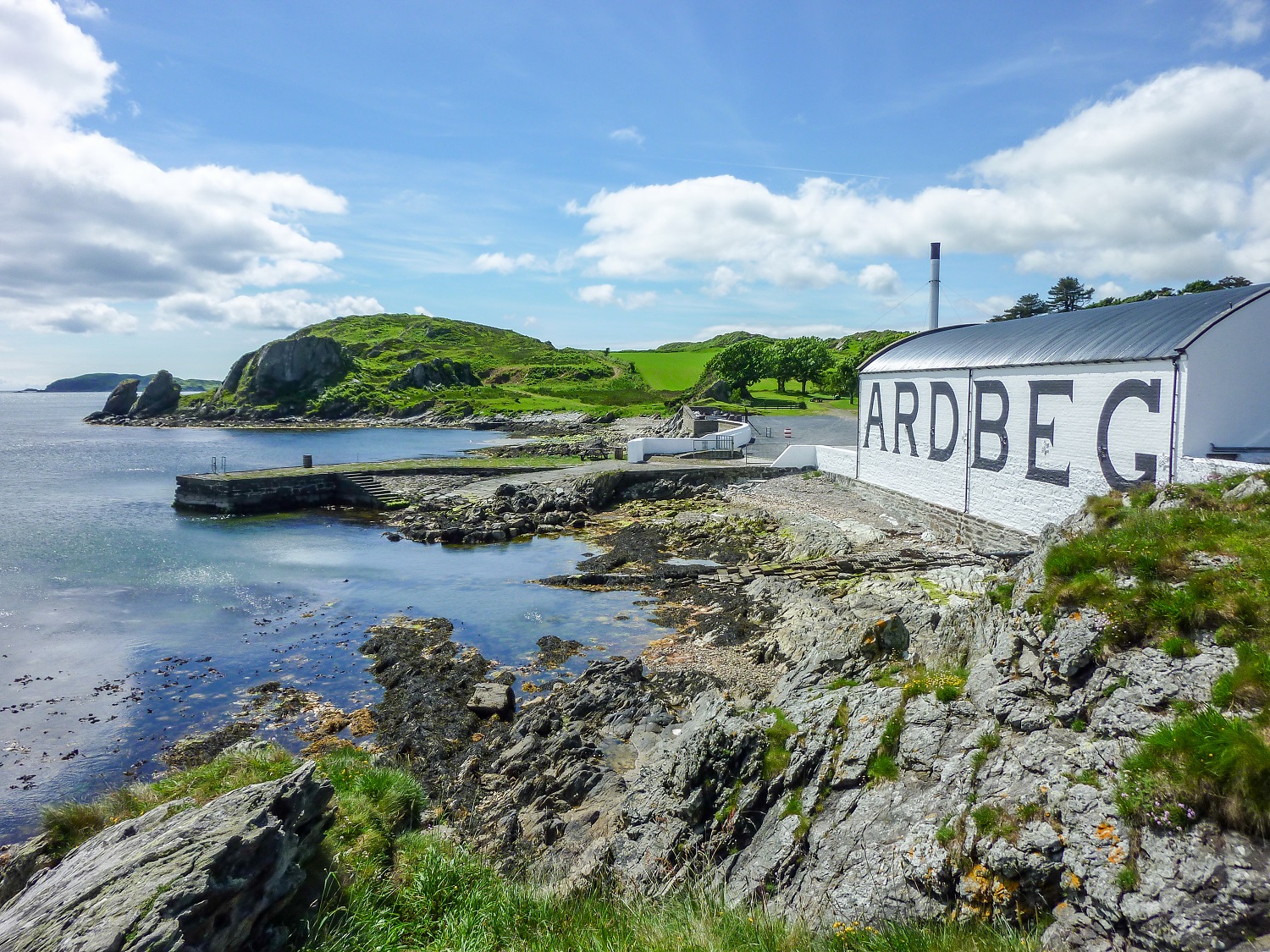
What are the different types of Scotch whisky?
Single Malts
Often considered the pinnacle of Scotch Whisky. Distilled at a single distillery and made from only malted barley by batch distillation in copper pot stills.
Single Grains
From a single distillery, but may include other grains or not fully comply with the definition of Single Malts.
The majority (90%) of Scotch Whiskies, however, are considered blended:
Blended Grain
A blend of Single Grains from more than one distillery.
Blended Malt
A blend of Single Malts from more than one distillery.
A blend of one or more Single Malts with one or more Single Grains.
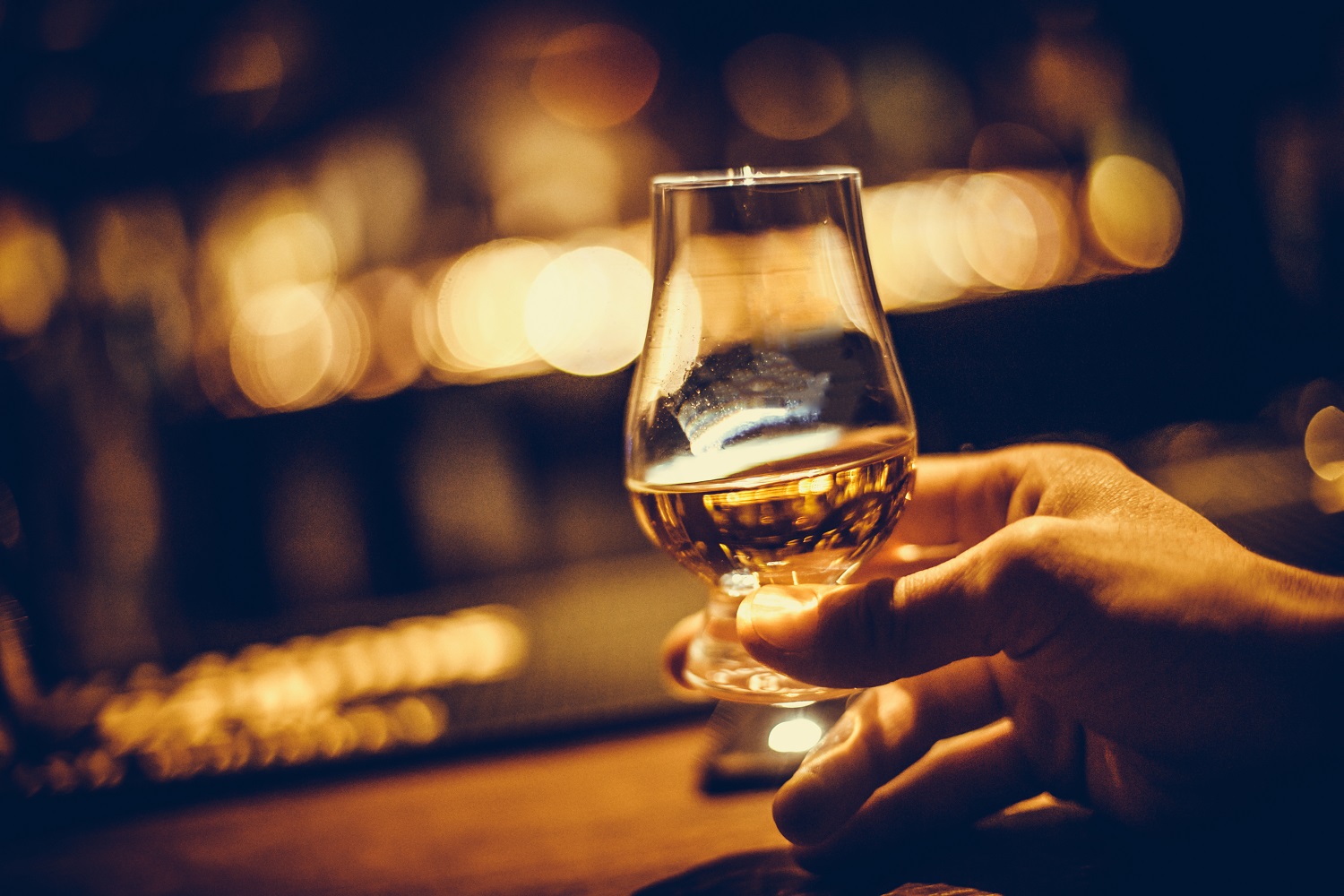
How many distilleries are there in Scotland?
There are more than 130 active distilleries (malt and grain) scattered across Scotland with many more closed distilleries.
How should Scotch whisky be served?
Scotch is best enjoyed at room temperature and can be enjoyed neat, with a few drops of water to open up the flavours, on the rocks and in delicious cocktails - the choice is yours!
For neat whisky, a tumbler is the best choice – a short glass with a heavy bottom. A few of our top picks include:
Denver & Liely make a beautiful whisky glass, with a tapered body to the optimally sized opening and revealing the whisky’s full character.
Glencairn’s definitive glass for the perfect dram.
What is an ‘indie’ bottling?
An ‘indie’ or ‘independent’ bottling is a bottling by a separate company to the distillery, (such as Gordon & MacPhail, That Boutique-y Whisky Company (TBWC) and Samaroli), that bottle usually small batches of unusual or rare whiskies. The label will tend to display both the name of the bottler and the name of the distillery that produced the whisky.
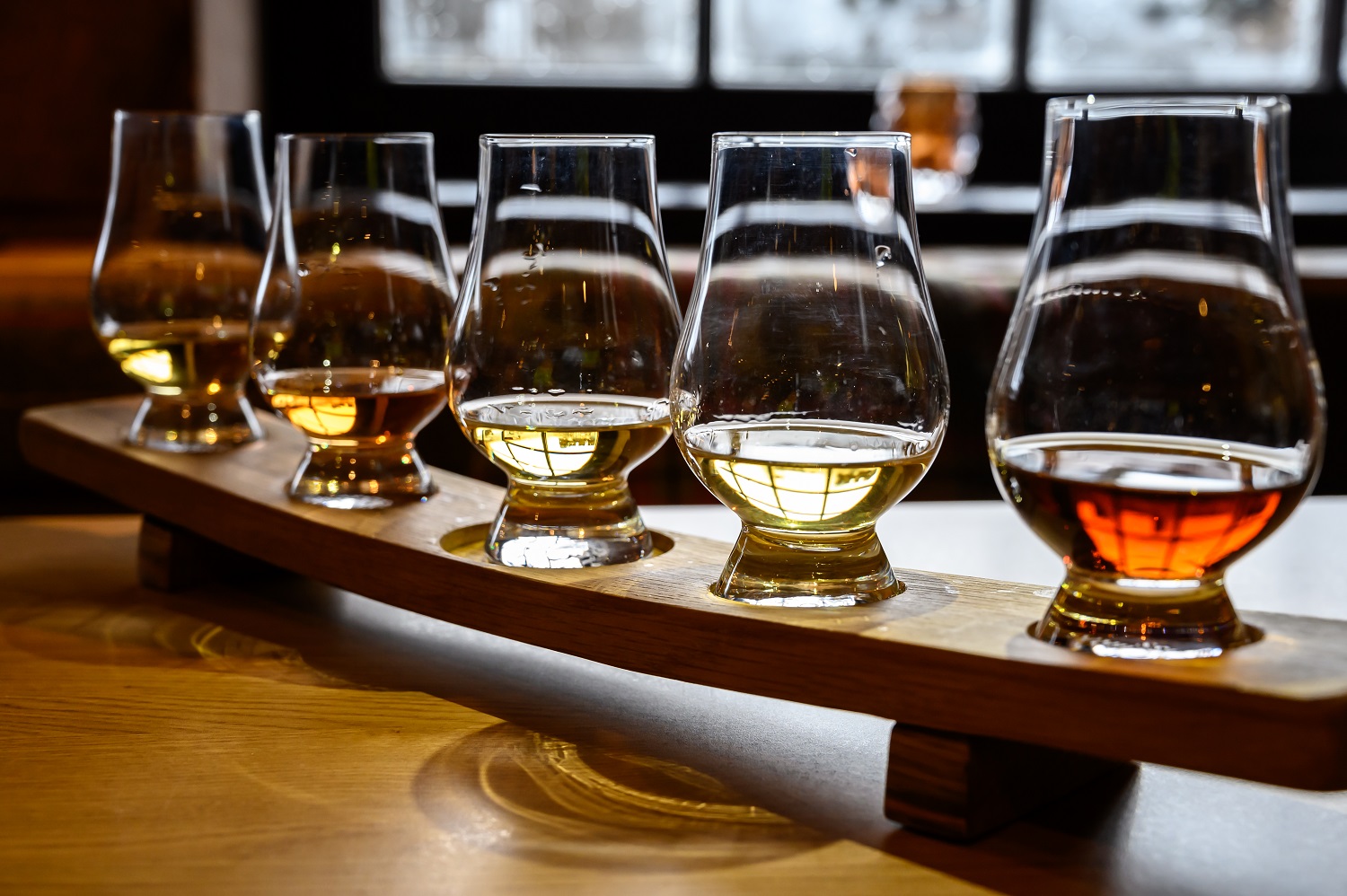
Want to hear more about the world of Scotch from some of the top figures in the industry? We sit down with a couple of leading players on the Scottish Whisky scene:
Alan Winchester - Master Distiller at The Glenlivet
Dennis Malcolm - Master Distiller at The Glen Grant
Richard Paterson and Gregg Glass - Master Distiller and Whisky Maker respectively at The Dalmore
From Single Malts to Blended Scotch whiskies, Speyside to Campbeltown, explore the stellar range of price points, distilleries and independent bottlers on the shelves at Hedonism Wines.


